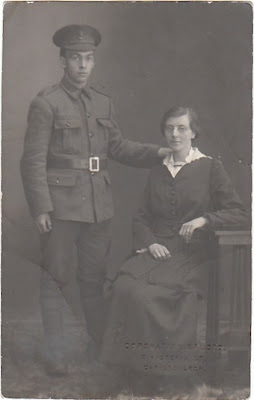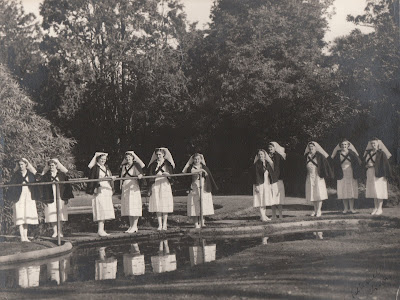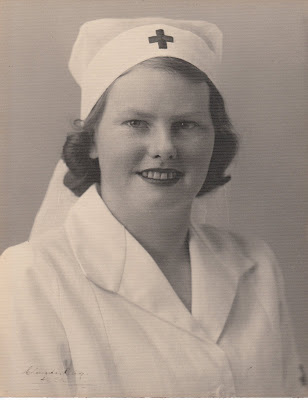Edmund Wheeler and Son's
1881
PANORAMA of CHRISTCHURCH





The Cathedral.— The contractors for the erection of the Cathedral have commenced to lay the concrete foundations for the floor which is to be formed of Minton tiles laid upon a bed or substratum of concrete. The work of slating the roof is making progress, and the whole fabric of the building is undergoing a thorough cleaning and scraping. It has been decided to erect the spire of white stone, springing directly from the present top of the tower; it will rise to the height of about 100ft from the summit, or to a total height of about 200ft from the ground. It may be mentioned that Mr Wheeler, photographer, has succeeded in taking a complete set of panoramic views of the city from the top of the tower.
Star, Issue 3978, 19 January 1881, Page 2
The contrast to the watercolour painting has just been published by Messrs Wheeler and Co., photographers, Cathedral square.
Using the Cathedral tower as an observing station, Messrs Wheeler have obtained a series of ten photographic pictures which, when joined
The executive skill displayed in this photographic panorama can scarcely fail to be appreciated, and the pictures are well calculated to afford much surprise of an agreeable nature, insomuch us they are not the mere "picture of roofs and chimneys" which might perhaps have been anticipated. True, there are roofs in plenty, but the height of the station was sufficient to allow of looks in between them, and to present the immense aggregation of buildings after the manner of a projection drawing. As especially effective may be noticed the third and fourth pictures, in the centre of which is the long perspective of Colombo street south. Other admirable perspectives are the lines of Worcester street west and Colombo street north and the view looking down upon the new Government buildings, may be indicated as an example of sharp definition and effective treatment. As a whole, this photographic panorama, nicely mounted in book form, is a most effective and highly creditable example of the status in this Colony of one of the artistic pursuits. - Star, Issue 4020, 9 March 1881, Page 3
In April 1880 Wheeler's studio moved from Colombo Street to Cathedral Square, a notice that first appeared in The Star of 10 April 1880 advised that:- E. Wheeler & Son have removed to their new studio, Cathedral Square, directly opposite (the) Post Office. The glass-room has been constructed from designs received on the principle of that of the celebrated Adam-Salomon, of Paris, with the special object of obtaining effects of transparent shading so much in fashionable request.





















































